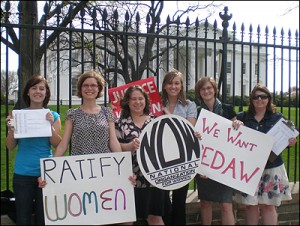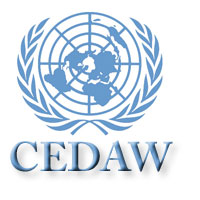Today, April 22nd, is celebrated as Earth Day. The idea is to inspire awareness and appreciation for the Earth’s natural environment and was first celebrated on April 22, 1970. The idea for Earth Day is credited to Gaylord Nelson, a former U.S. Senator, after he witnessed some of the side effects of the 1969 massive oil spill in California.
The first Earth Day led to the creation of the United States Environmental Protection Agency and in 2009, the United Nations joined in the celebration by designating April 22, “International Mother Earth Day.” I recently came across a video of the first Earth Day which I thought was interesting to share because it captured how the movement for the protection of the environment all got started.
Here is the link to the video: http://www.hulu.com/watch/67649/earth-day-first-earth-day-april-22-1970
For this year, I decided to research to see how various organizations and individuals will celebrate Earth Day when I came across “A Billion Acts of Green.”
A Billion Acts of Green is a people empowered campaign aimed at generating a billion acts of environmental service and advocacy by June 2012. June 2012 is significant because the U.N. intends to hold a conference (Rio+20) in celebration of 20 years of its involvement with green energy and technology.
The Billion Acts of Green campaign allows individuals and organizations from different works of life to make pledges to the environment, by clicking here, in order to participate in sustainable development. At the time I wrote this post, the number of pledges was 102,011,229. I think it is wonderful to see how many people are getting involved in making pledges towards sustainable development, although no one can predict how many people out of that number will fulfill their pledges. But whichever way one looks at it, the awareness and responses are certainly impressive.
Some writers have suggested several acts which people can do in celebration of the Earth (everyday) and some of them include:
- Teach solar cooking
- Eat more local food
- Eat a sustainable pure vegan or pure vegetarian diet.
- Call or write legislators about going green (ways to recycle, clothes, shoes)
- Change light bulbs
- Circulate anti-coal petition
- Eliminate pesticides and toxic products
- Get a home energy audit and stick to new energy routine
- Organize an Earth Day event
- Plant a garden at home or at school.
How are you celebrating Earth Day?
Ufuoma Barbara Akpotaire is a Program and Research intern with the SISGI Group’s Research Division. To learn more about the SISGI Group please visit www.sisgigroup.org











